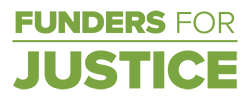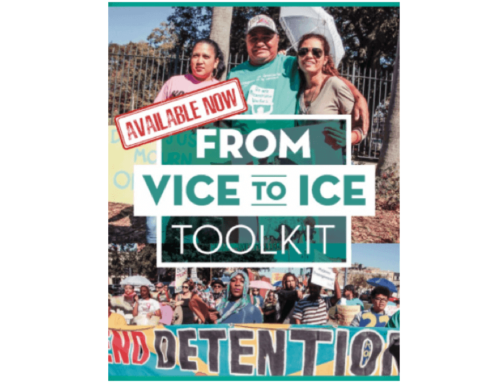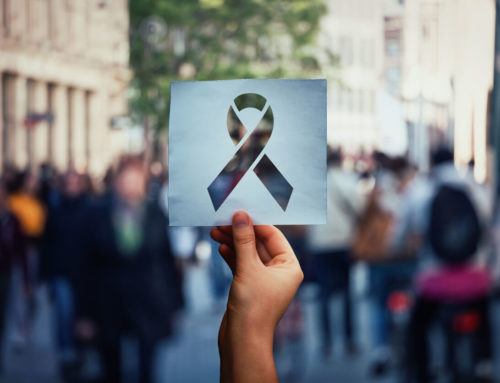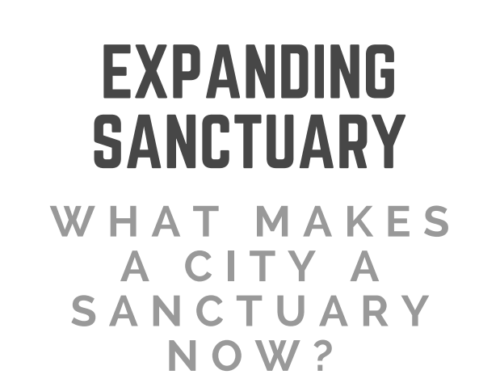by Lynn Lewis
March 29, 2016, The Crime Report
Cities, towns and rural areas all over the United States are experiencing a housing crisis not seen since the Great Depression. Homelessness is the tip of the iceberg of that crisis; but rather than address its causes, local authorities are treating it as a law enforcement problem.
That has not only led to real tragedies, but violates the Constitution.
In recent years, we’ve seen police officers used to force homeless folks out of public spaces, buttressed by laws that effectively criminalize life-sustaining behavior such as lying down in a park, or by regulations that restrict the ability of homeless people to share the same rights of access to public space as those with homes.
New York City has set an especially poor example.
The New York Police Department (NYPD) recently created a new category to define instances where two or more individuals, assumed to be homeless, congregate in public. In an internal memo, obtained by the Picture the Homeless organization, where I am director, it termed these as “hot spots” where police are empowered to intervene. And such “hot spots” could include parks or other public spaces.
The memo, dated Jan. 19, 2016, was “issued to all commands” with the subject line: Re: Homeless Encampment Procedure.”
Substitute race, age, gender or any other category in this definition, and it would be considered blatant discrimination.
Most city residents know that rents are becoming increasingly exorbitant, stretching the budgets of low-income, working and middle class individuals. For those earning a minimum wage and who rely on fixed incomes of social security or disability benefits, it is becoming more difficult each day to afford rent.
Too many are one missed check, medical condition or emergency away from losing their home.
In New York City, San Francisco, Denver, Dallas, Los Angeles, and many smaller cities, the impact of failed housing policies that do not provide affordable living options for residents go back decades. But instead of correcting these policies, local authorities have empowered police departments to pursue strategies of homeless removals, sometimes in conjunction with Business Improvement Districts and other civic groups.
Mandates that force the homeless go somewhere else, with police ordering them to move at any hour of the day or night, have become all too common. The impact of such police actions can be catastrophic. Clearing the homeless in sudden police sweeps often means that they lose their personal effects, ranging from medications and IDs, to clothing and family photos.
The real goal is humiliation and harassment: It sends a message to disappear out of public sight into the shadows.
This is “broken-windows” policing on steroids. It’s not just mean or bad policing; it is also unconstitutional.
Being homeless is not a crime. But the strategies that criminalize the homeless are authorized by local laws and policies that violate anti-discrimination laws and rights to due process—and which people with little-to-no legal resources are ill-equipped to challenge in court.
For example, NYPD Commissioner Bill Bratton, who is considered one of the country’s foremost proponents of the broken-windows policing strategy, recently announced that homeless New Yorkers found sleeping will be removed from subway trains and platforms—regardless of whether they paid their fare.
Editors’ Note: In other reports, Bratton insisted the NYPD would wake individuals up in order to protect them, claiming that 50 percent of reported crimes on the subway “involve sleeping passengers.”
This announcement flagrantly undermines New York City’s own laws.
In 2013, it became the first jurisdiction to prohibit police from profiling individuals based on housing status. Local Law 71, passed as part of the Community Safety Act, bars police from using factors such as actual or perceived housing status as the determinative factor in initiating law enforcement action.
That law, while evidently not stopping police abuse, was a start in the right direction. But there’s a lot more to be done. Under Local Law 71 for example, a homeless person who experienced police eviction must prove he or she has been the victim of profiling—which requires the kind of legal assistance unavailable to most homeless.
During the administration of New York Mayor Bill de Blasio, who has made affordable housing a key part of his platform, we’ve also seen the NYPD collaborating with other city employees to confiscate and throw away the belongings of homeless people—a clear violation of due process and property rights.
An incident in East Harlem in October was captured on a surveillance camera. In that incident, no one was arrested, but homeless people were physically abused and had their property thrown away as part of a broader police initiative meant to harass, intimidate and force people to “leave the area.”
Elsewhere in the country, the increase in the use of “move on” orders by local police in order to disperse and dismantle what have loosely been called “encampments” has drawn some opposition from the Department of Justice in a legal filing, and policy recommendations opposing such approaches to “encampments” have been issued by the White House Interagency Council on Homelessness.
Yet Bratton bulldozes on. He recently indicated in a speech at the Manhattan Institute that “courts have barred officers from shooing people sitting on the sidewalk or lying on a subway grate — though the rules are so complex that if someone is lying in a box instead of a piece of cardboard, forcing them to move along is OK.”
Bratton has a long history of targeting and stigmatizing the homeless. In his first term as police commissioner under Mayor Rudy Giuliani, Bratton declared soon after his appointment in 1994 that ”we are going to flush them [homeless people] off the street in the same successful manner in which we flushed them out of the subway system.”
But the struggle to oppose such stigmatizing is also gaining traction. Homeless folks are not only asserting their rights, but promoting real solutions to homelessness in many of their communities.
Picture the Homeless in New York, the Western Regional Advocacy Project (WRAP) in several western states, the San Francisco Coalition on Homelessness, and Denver Homeless Out Loud are just a few examples. In both Denver and San Francisco, sweeps of homeless folks and their belongings have been met with resistance.
Grassroots organizing, led by the homeless, is the only way to end these abusive practices and educate the broader public that homelessness is directly connected to bad housing and community development policies and practices.
Discriminatory broken-windows policing exacerbates homelessness. It destroys lives. And it undermines our values as a society.
We are better than this. We need to advance real housing solutions, not the status-quo, politically expedient approach that designates law enforcement as the first responder to homelessness.
Lynn Lewis is the director of Picture the Homeless In New York City.



